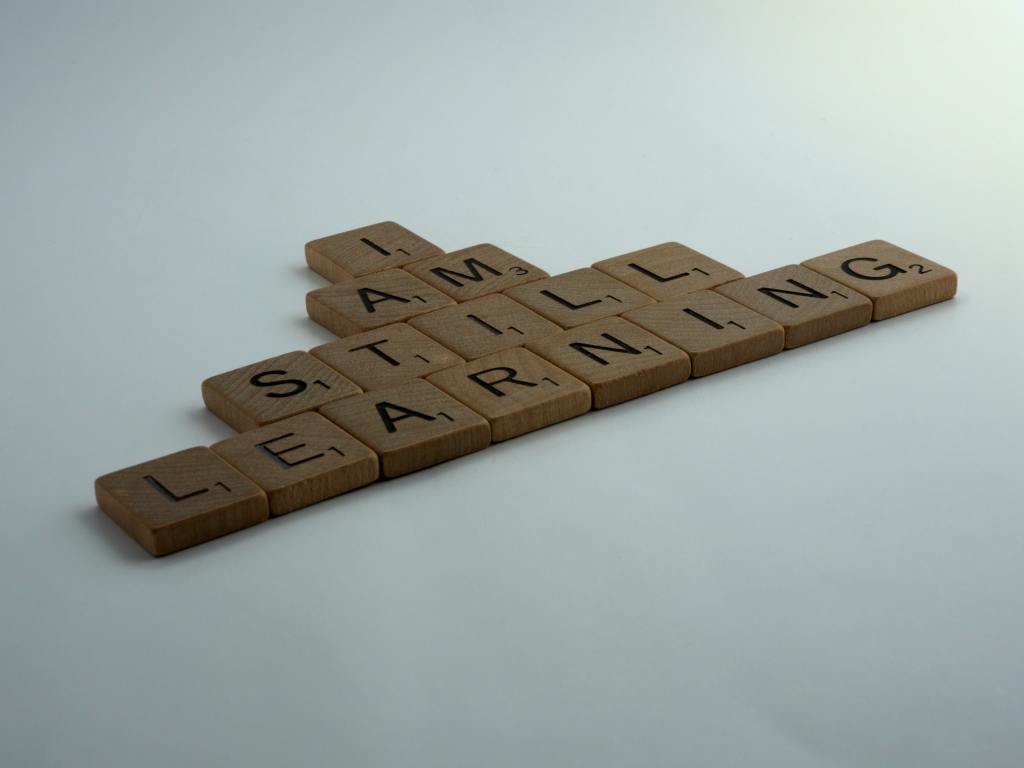
Creating the space for others
Ideas, tips, and tricks for ways I have found help foster learning in diverse groups.
Where is this going?
Learning is a huge topic in any kind of programming. Creating the space for others to assess what is or is not working, and take action, is a fine art and must be tailored to the people you are engaging and the goals of the engagement.
However, there are a few approaches I have been using recently that I have been finding really useful. Equally, when I have shared them with others I have been met with ‘what a great idea!’, and so I wanted to share those ideas here. Some are written out in blocks, others will be redirecting to their own pages. It is a worth in progress!
More coming soon. For now, see my role-based facilitation approach below!

Learning has to be fundamentally human-centred
Engaging the unengaged
This is a topic I think we all have to face sometimes. That horrible moment when you bound into the room with marker pens and coloured paper and are met with uninterested stares and silence. We have all been there.
I have an approach that I quite like to use when needing to facilitate this kind of energy and it works in nearly any semi- or unstructured learning engagement, from Strategy Testing to Pause and Reflects to Learning Caterpillars.
Sometimes all people need is a bit of framing to help them get engaged, and so I have several characters that I assign in these scenarios.
These are specific personas with roles that get rotated between folk responding as participants, as follows:
Socrates:
Facilitates the symposium with open-ended questions and asserts nothing (please see my ‘Being Socrates‘ guidance) – can be an external due to not needing subject-matter knowledge.
Troll:
Challenges everything, acting as a critical friend (please see my ‘Being Socrates‘ guidance). This needs to be someone internal who understands what kinds of considerations could inform the critical friend style questions.
Plant:
Generates ideas for every problem that the troll, or others, identify.
GESI interlocutor:
Drills into GESI at every stage, ensuring that GESI considerations are taken into account for every decision, plan, or action set to.
Toddler:
Asks ‘why’ constantly to ensure every problem is analysed, and every decision has a good reason behind it.
Scribe:
Takes extensive notes and clarifies vagueness.
Of course, if there are more people than roles then they can participate as normal and look forward to when they get their role. If you have exactly six people, they can of course break character to delve into a discussion or clarify a decision. If you have fewer than six, you can blend hats.
Here is an example conversation from a Strategy Testing session to detail the roles:
Socrates: When designing it, we felt that this behaviour change pathway in the ToC was particularly heavy in assumptions – how do we feel about that now? What change are we seeing among these criminal justice services? What change have we seen in the context that we might need to bear in mind?
Non-role affiliated participants: We have been seeing an uptick in understanding around how to handle GBV cases, both in terms of sensitivity and broader process-based responses. It has been really positive, especially as we felt the sensitivity aspect may have been difficult.
Troll: What data do you have for that? Are you sure that is systematically happening?
Participants: We have a number of emerging stories of change that show successful resolution of GBV cases, drawn from interviews with criminal justice service providers and survivors, though this has been only drawn from two areas.
Plant: perhaps we can expand that reach to ensure that there is a good conversion rate from capacity building to positive justice outcomes for survivors? We could consider a SenseMaker survey approach for those harder-to-reach places?
Troll: the internet connection might be a problem for that.
Plant: we could equip local community leaders with tablets and they can use the app-based approach to collect the stories. They only need to connect to the internet once to upload the data, that way.
GESI I: is that going to be inclusive? If there are marginalised communities that we want to reach, the leaders may not include them in the story collection approach. We need to ensure that we take a method that won’t leave anyone behind.
Plant: would we have the budget to send researchers to those communities and collect the stories, then? Perhaps even ensuring we have people of differing genders and other identity characteristics to ensure positionality is taken into account?
Toddler: why are we collecting these stories though?
Troll: is it an essential reporting requirement?
Participants: yes definitely, we are evidencing our primary outcome qualitatively so we really need robust, representative information. It is also crucial for our internal learning – qualitative information gives rational behind the quant data we have been drawing. As such we are collecting these both for reporting and for learning.
Socrates: and so how do we feel about that change pathway then? What kinds of change are we or are we not seeing then?
Participants: we have seen some positive change in two locations, but we need to investigate this further and consider inclusive ways to overcome the barriers of information collection in more remote places.
Scribe: I will make a note of positive learning with regard to what we thought were serious assumptions, and then a note of an idea around SenseMaker surveys vis-a-vis sending researchers to physically collect information. These ideas are to be revisited after a budget review and a check-in with our MEL officer who couldn’t attend today. Everyone agree to that?
The Scribe in each conversation is taking written notes, which they circulate shortly after for agreement. When agreement is achieved, if using such a tool they might then update a lessons and ideas tracker for the programme.
